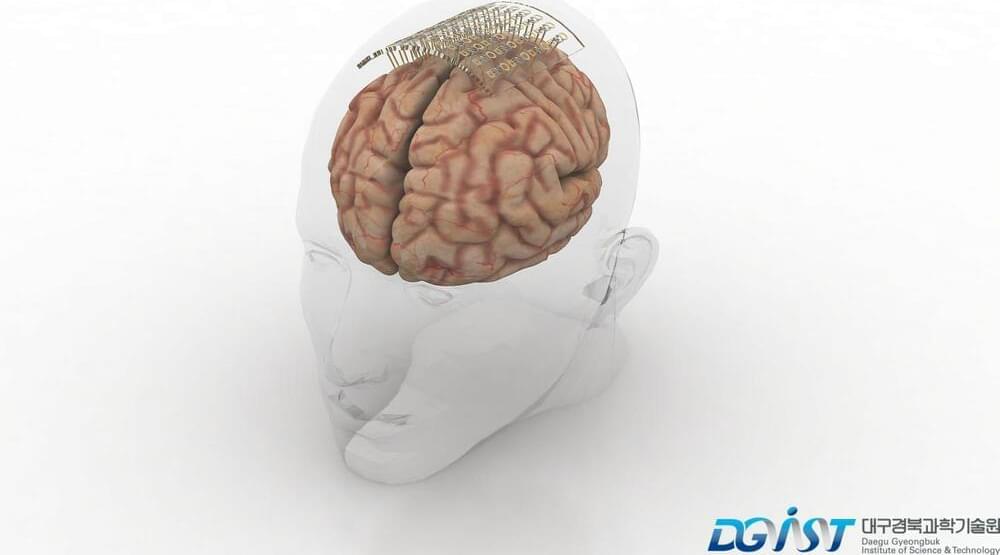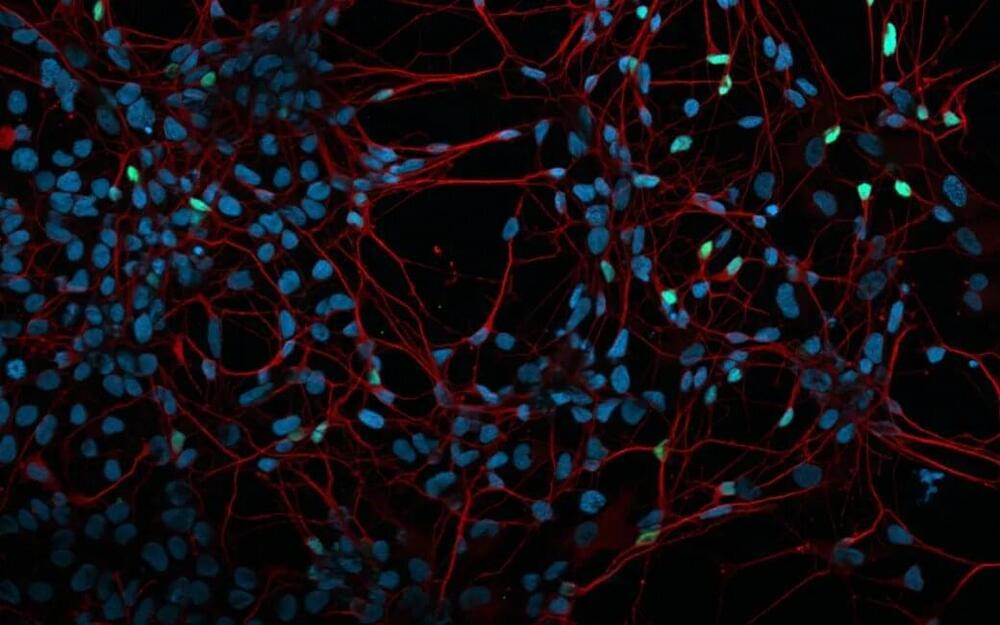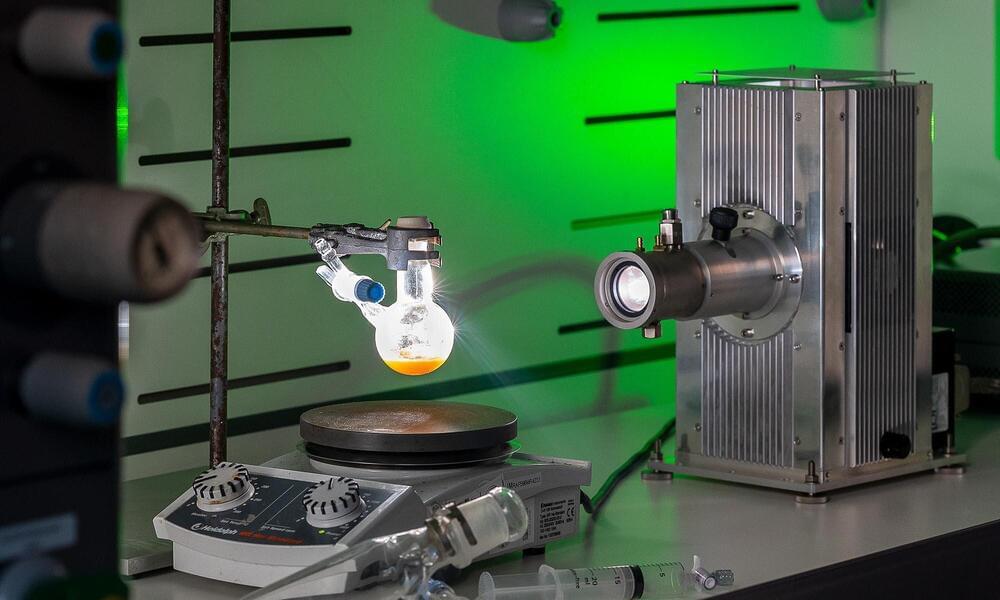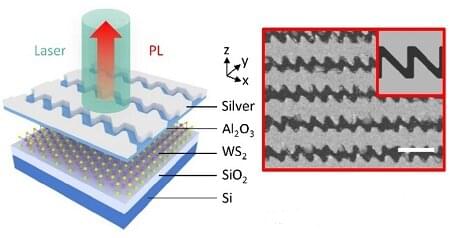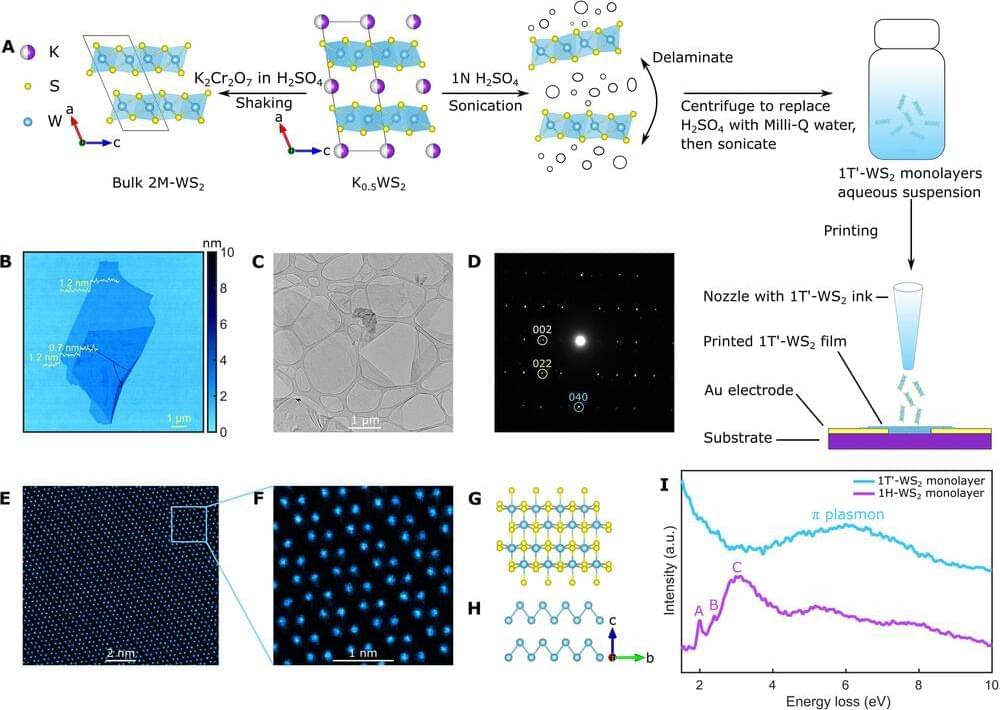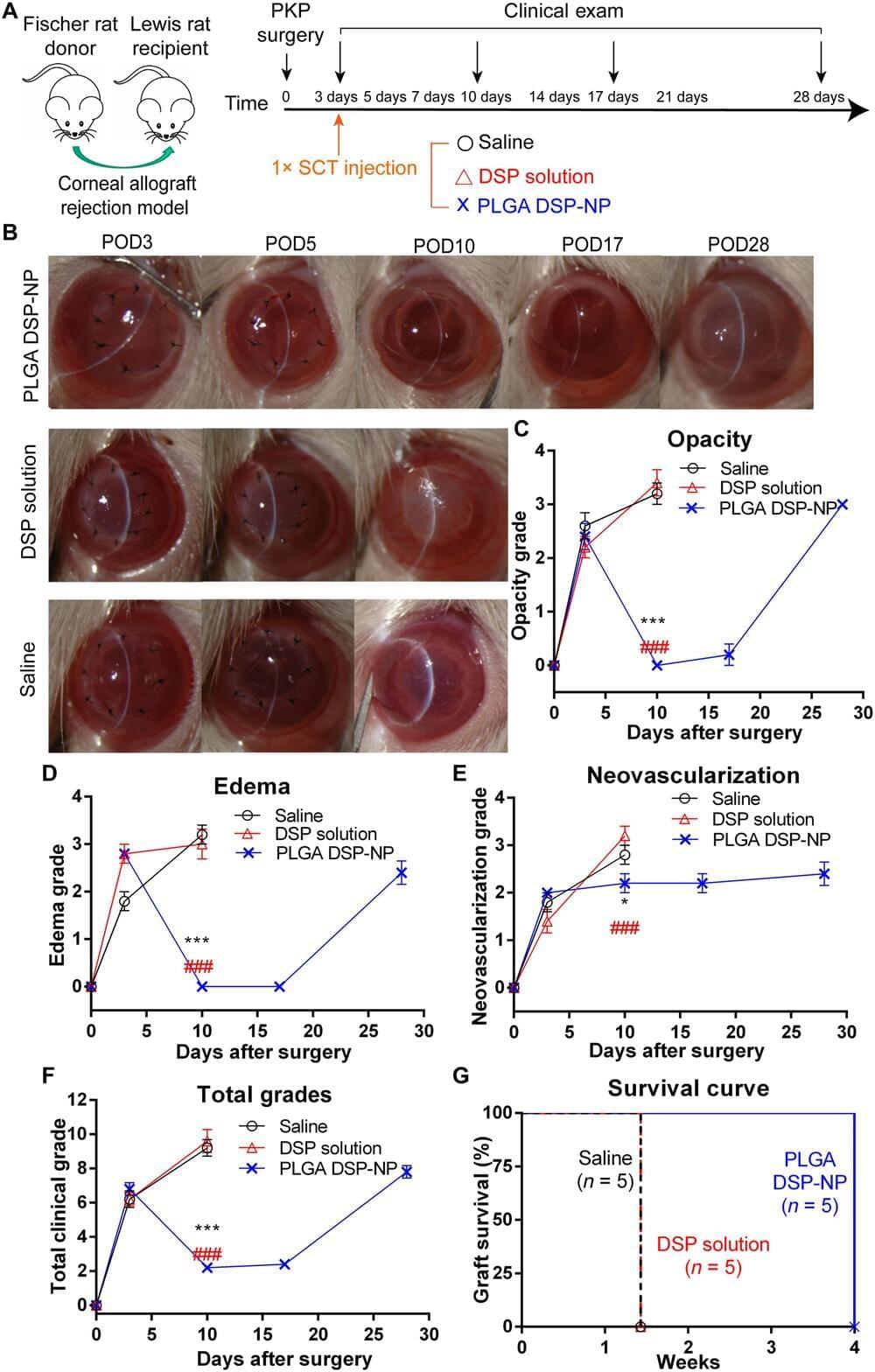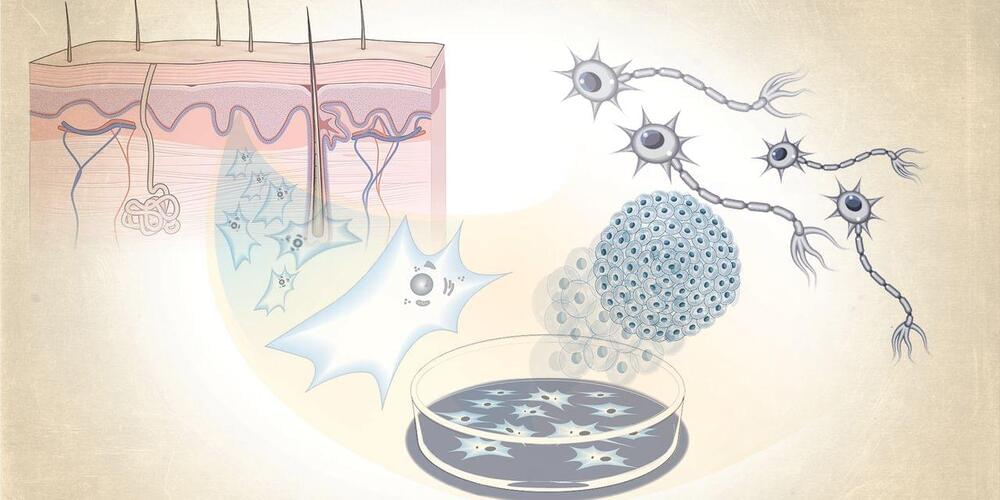Mar 25, 2023
Graphene and gold make a better brain probe
Posted by Dan Breeden in categories: biotech/medical, cyborgs, neuroscience
A team from Korea created more flexible neural electrodes that minimize tissue damage and still transmit clear brain signals.
Electrodes placed in the brain record neural activity, and can help treat neural diseases like Parkinson’s and epilepsy. Interest is also growing in developing better brain-machine interfaces, in which electrodes can help control prosthetic limbs. Progress in these fields is hindered by limitations in electrodes, which are relatively stiff and can damage soft brain tissue.
Designing smaller, gentler electrodes that still pick up brain signals is a challenge because brain signals are so weak. Typically, the smaller the electrode, the harder it is to detect a signal. However, a team from the Daegu Gyeongbuk Institute of Science & Technology in Korea developed new probes that are small, flexible and read brain signals clearly.
